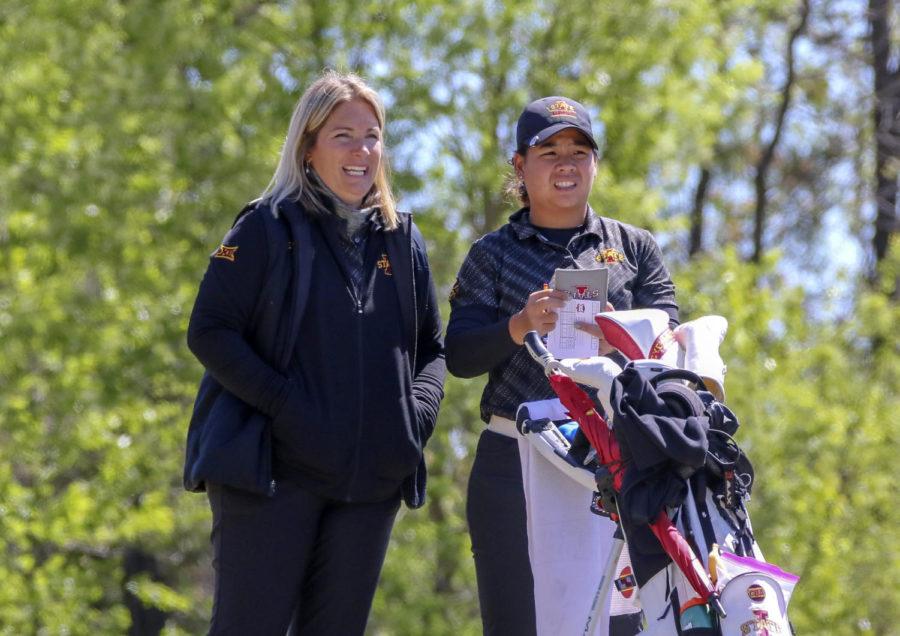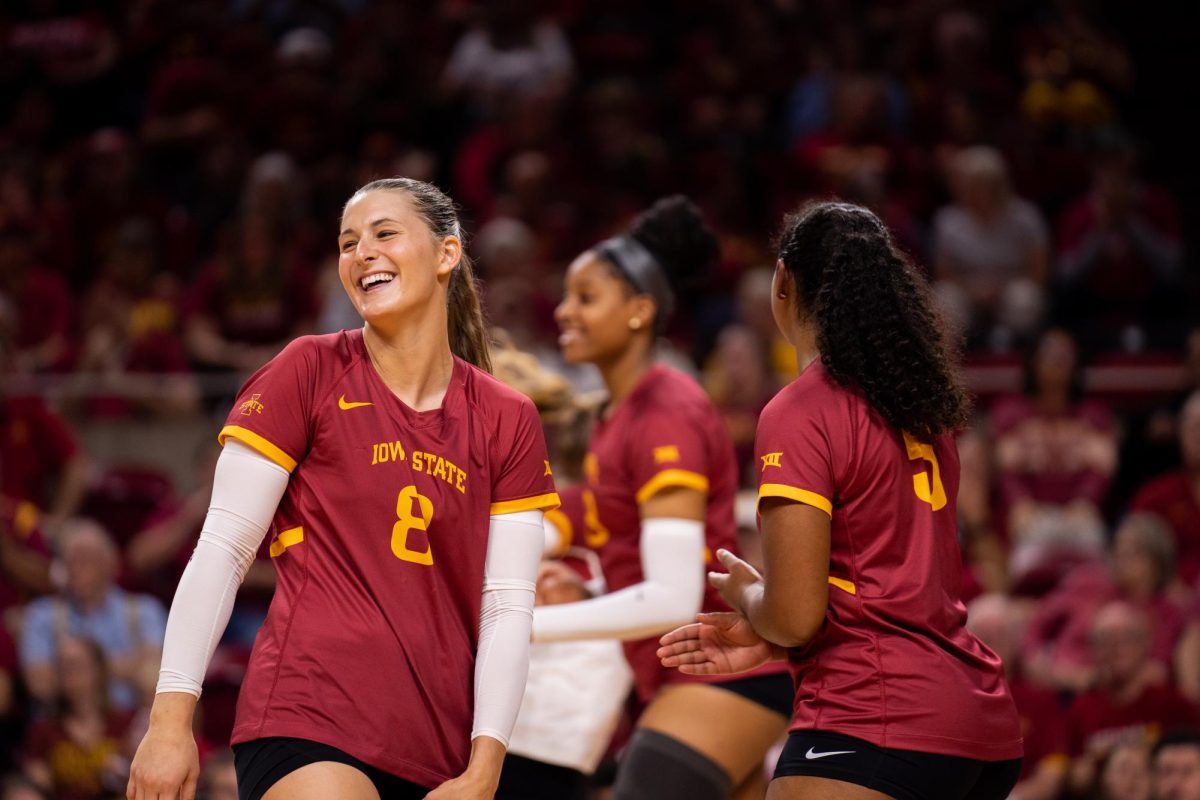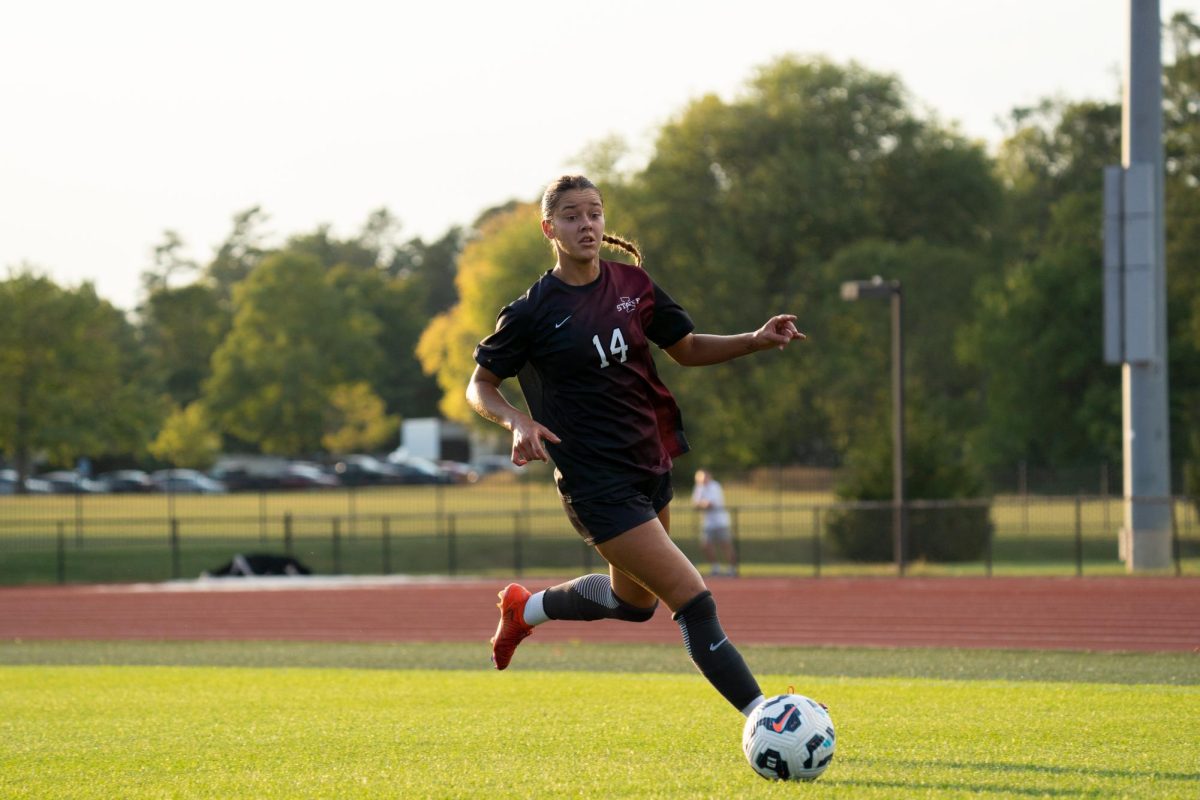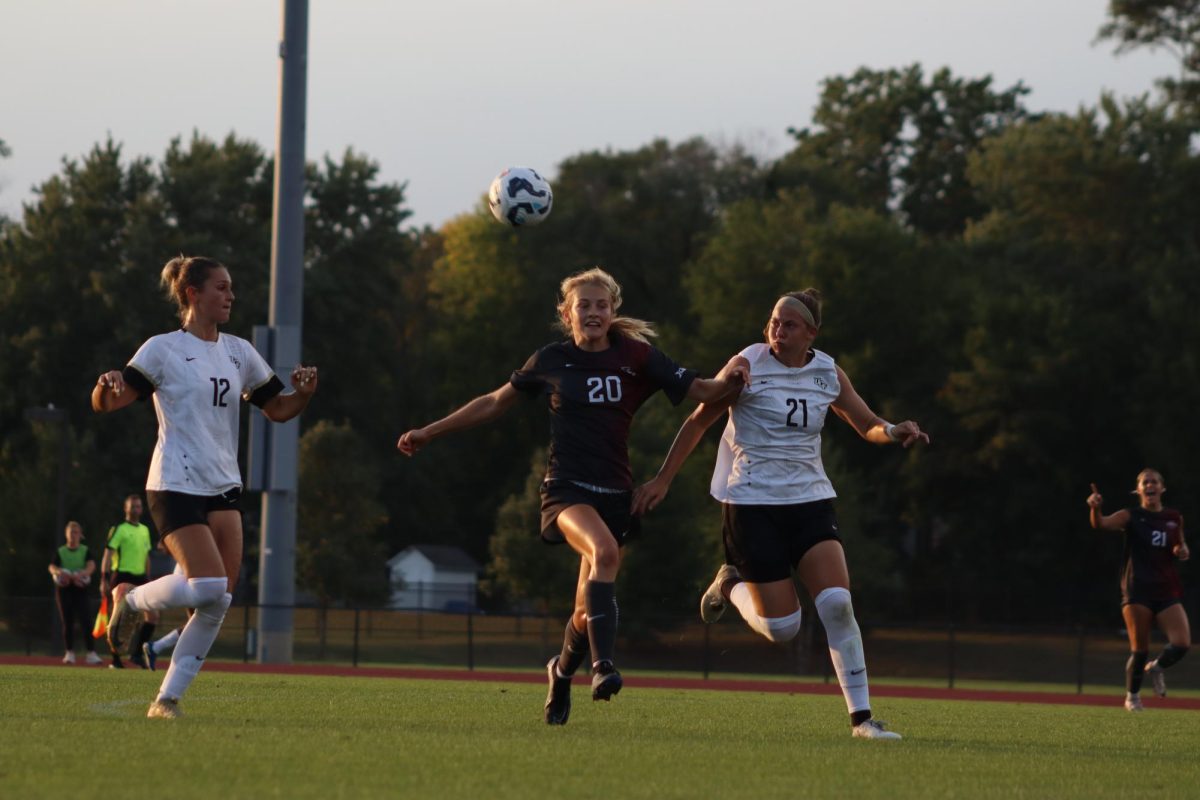Challenging attitudes
March 28, 2008
Jane Elliott, internationally known teacher, lecturer and diversity trainer, challenged the racist, sexist, ageist, ethnocentric and homophobic attitudes of a large group gathered in the Sun Room of the Memorial Union on Thursday night.
She spoke about her experiences with the well-known “Blue Eyes/Brown Eyes” experiment she initiated at Riceville Community School as a third-grade teacher the day after Martin Luther King Jr. was assassinated in 1968. She combined humor, audience participation and words of wisdom in her speech.
“I’m going to offend everyone in this room within the first five minutes of my speech and I don’t give a damn,” she said. “I want to tell you people that I am a racist. I taught racism in my classroom. I was busy teaching racism, and I didn’t know it.”
Elliott said that when she started teaching, King was a leader, but racist attitudes were prevalent in her town, in her school and inside her own mind.
She said the night King was assassinated, she was “ironing out her teepee for the Indian unit” to teach to her class.
She said the words of a Sioux Indian prayer – a prayer of equality – inspired her to divide the classroom into two factions over the course of two days. The students with blue eyes would be the “inferior race” the first day, and the children with brown eyes would be the “inferior race” the second day.
During its implementation the experiment had immediate impact on the students. Students who were “superior” started to treat the “inferior” ones in derogatory manners, such as physically and verbally abusing each other.
Elliott said the long-term ramifications of the experiment on her life, her career and her family caused her to develop a deep regret about doing it “without telling those involved” about the experiment, but she said she had a motive to challenge the racist attitudes in the children she taught.
Elliott said her husband lost all of his friends and her father lost his business because of her actions, which she deeply regrets. Her father died “isolated” in the Riceville community 17 years ago, still in exile due to the motives of her experiment.
“I would give a great deal to go back to April 3rd, 1968, and be as ignorant about racism today as I was then,” she said. “I had a lot more friends, I hadn’t ruined my father’s old age, I hadn’t ruined my children’s adolescence.”
Elliott said the strife that developed in her own life because of the experiment has caused her regret as well.
“I didn’t know how this exercise would work. If I had known how it was going to work, I probably wouldn’t have done it,” she said. “If I had known that my four children would be spit on, their belongs destroyed, verbally and physically abused by their peers and their teachers and by the parents of their peers, I probably wouldn’t have done it.”
The qualitative results of her experiment, she said, were immediate. A dyslexic boy who couldn’t read or spell began to “spell words I knew he couldn’t spell, read words I knew he couldn’t read,” because he believed he was “superior” compared to his peers. In contrast, a star pupil with blue eyes who “learned how to multiply in minutes” forgot many skills during recess because of the taunting and teasing of the “superior” individuals with brown eyes. In one case, a student with brown eyes even taunted Elliott, who has blue eyes, because of a mistake she made in the classroom.
“I knew immediately that white kids know how the system works. They know how racism works,” she said. “I was absolutely astounded at how quickly those students became what I accused them of being. I didn’t know about the power of racism.”
Elliott has gained international accord for her experiment, and she speaks around the world.
As an introduction to her Blue Eyes/Brown Eyes experiment, Elliott invited a tall, white male audience member and a shorter black, Puerto Rican female audience member up to the stage.
Through a series of simple questions posed to the two members, such as “Did you earn your height? Did you earn your skin color? Did you earn your gender? Did you know that it gives you power? Did you ever think about it?” she playfully taught the fundamental idea behind racism in all its forms: age, height, sex and gender.
As the male learned that his “attributes” gave him a perceived “power,” the female member said she felt her height, age and sex did not impart her the same feeling of power.
Through this exercise, Elliott said she taught the audience that “there is no such thing as race,” and through faux-race-equality attitudes, she said race was the last attribute separating the two people on stage.
Elliott then asked the white males in the audience to stand if they wanted to be treated like a person of color. Her goal was to prove the point that comments made by whites that they are discriminated against because they do not receive scholarships and academic opportunities that minorities do, are false. Not a single person stood up.
Elliott said the audience’s adverse reaction to actually wanting to be treated like a person of color show that whites do understand that persons of color are discriminated against.
Another audience participation exercise involved showing how distorted the traditional maps in classrooms across the United States are. The maps showed that land masses were distorted to appear bigger than they actually are, while larger land masses, such as South America and Africa were shrunk, showing inequality in the most basic of educational tools.
Elliott said that because the pope had commissioned the creation of maps to show where Christianity had spread, this could be considered the main cause of the cartographic disfiguration.




